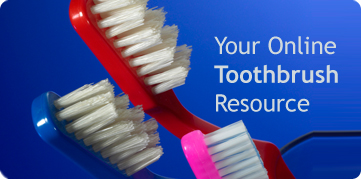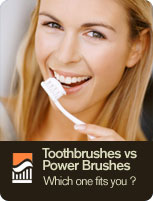
Toothbrush Sanitizer
Before running out to buy a sanitization product, there are a few simple and effective at-home ways of keeping up the sanitization level in and around your toothbrush. Rather than using a community toothbrush holder which easily spreads airborne bacteria to brushes in close proximity, use an individual toothbrush cover to prevent contamination. Rather than laying a toothbrush flat in an often uncleanly and messy cabinet, store the brush upright so as to quickly drain water and dry the brush. Instead of leaving toothbrushes on the counter, move them far away from the sink and toilet, sites which exacerbate airborne contamination. Lastly, to maintain bathroom sanitation, if you catch a cold or virus, your toothbrush should be thrown out and replaced since bacteria on the brush can linger around and possibly hinder your recovery process.
To ensure toothbrush sanitization, one may want to consider purchasing a sanitizer product. According to the Journal of the American Dental Association, studies have revealed that contaminated toothbrushes harbor and transmit both viruses and bacteria that cause systemic, localized and oral inflammatory diseases. With the same technology that is used to sanitize instruments in hospitals and dental offices, compact sanitation devices can provide at-home oral hygiene. Certain devices are said to eliminate nearly 99.8% the millions of household germs that can accumulate on your toothbrush, including streptococcus, E. coli, and salmonella. In addition, bacteria, mold, spores, and viruses are destroyed in minutes. Most reliable sanitizers activate automatically and accommodate shorter electric toothbrush heads or child toothbrushes.

